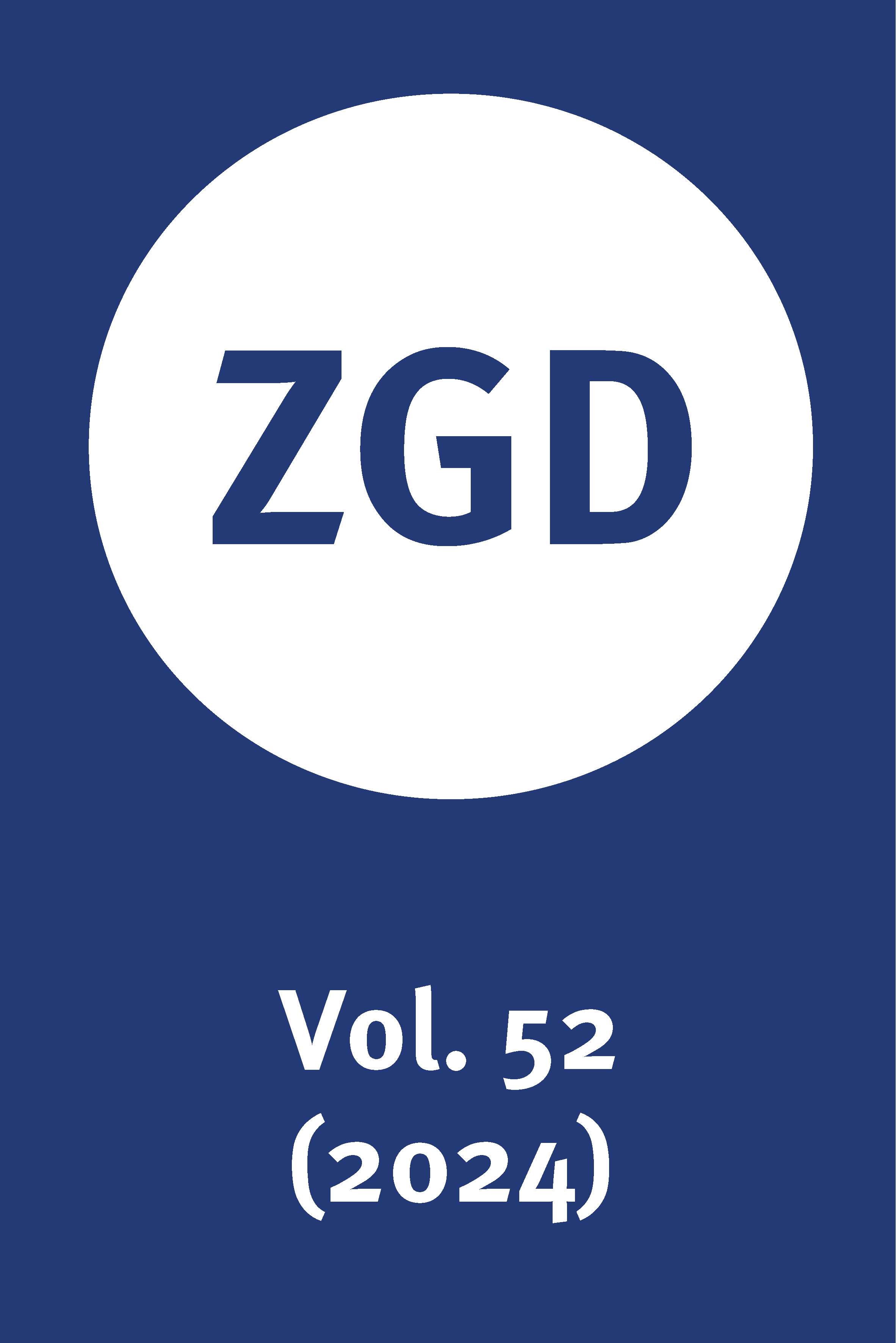Which Strategies Do Students Use Looking at Geography Schoolbook Pages Including Corresponding Text and Image Components?
An Eye Tracking Study with 5th and 10th Grade Students
DOI:
https://doi.org/10.60511/52486Keywords:
textbook research, eye tracking, strategies, Cognitive Theory of Multimedia Learning, signaling principleAbstract
According to the Cognitive Theory of Multimedia Learning (Mayer, 2001), simultaneous processing of visual and verbal information helps to build a coherent mental model. Eye tracking was used to investigate the strategies of 5th and 10th grade students when looking at geography textbook pages with corresponding text and image components and to analyze if these strategies change through text-based signaling. Participants of both grades looked at significantly more illustrations and corresponding texts located in temporal proximity on pages including signaling. The linking of corresponding text and illustrations is significantly more frequent in grade 5.
Downloads
Published
How to Cite
Issue
Section
License
Copyright (c) 2024 Journal of Geography Education

This work is licensed under a Creative Commons Attribution-ShareAlike 4.0 International License.







